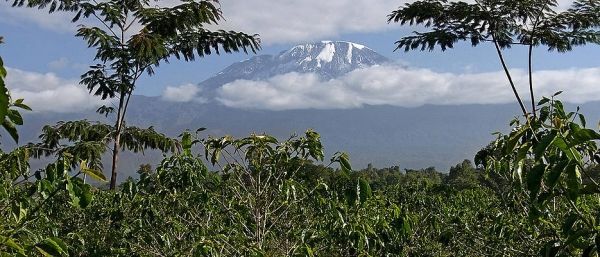2019 marks the 250th anniversary of Alexander von Humboldt. He was one of the first naturalists to document the distribution and adaptation of species on tropical mountains in the 19th century. Humboldt also observed that high mountains represent a microcosm of the earth's climate zones. Today, his scientific findings are more relevant than ever.
In a world threatened by climate change, tropical mountains are centers of biodiversity and as such they are important refugia for plants and animals. These organisms perform vital functions such as carbon storage, nutrient retention in soil, water supply, pollination and pest control. But tropical mountain regions are increasingly under threat by the spread of agriculture and overexploitation.
Nature publishes results of the study
"Until now it has been unclear how human land use affects the biodiversity and ecological functionality of tropical mountain ecosystems," says Marcell Peters from the Chair of Animal Ecology and Tropical Biology at Julius-Maximilians-Universität Würzburg (JMU) in Bavaria, Germany. Now an international team of researchers led by JMU scientists set out to study biodiversity as well as ecosystem functions in natural habitats and in habitats with different land-use intensities in all elevation zones on the southern slopes of Mount Kilimanjaro.
The results of the study have been published in Nature. It took the 50 researchers from 30 universities and research institutes in Germany, Tanzania, Switzerland, Denmark and South Africa six years to collect the data.
Read more at University of Würzburg
Image: Coffee agriculture in the highlands of Mount Kilimanjaro: Tropical mountains provide good insights into the impact of agriculture and climate on biodiversity. (Image: Antonia Mayr / Universität Würzburg)


